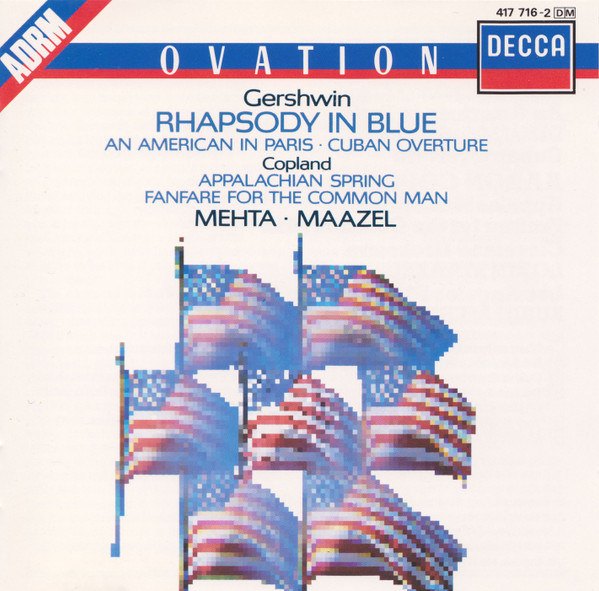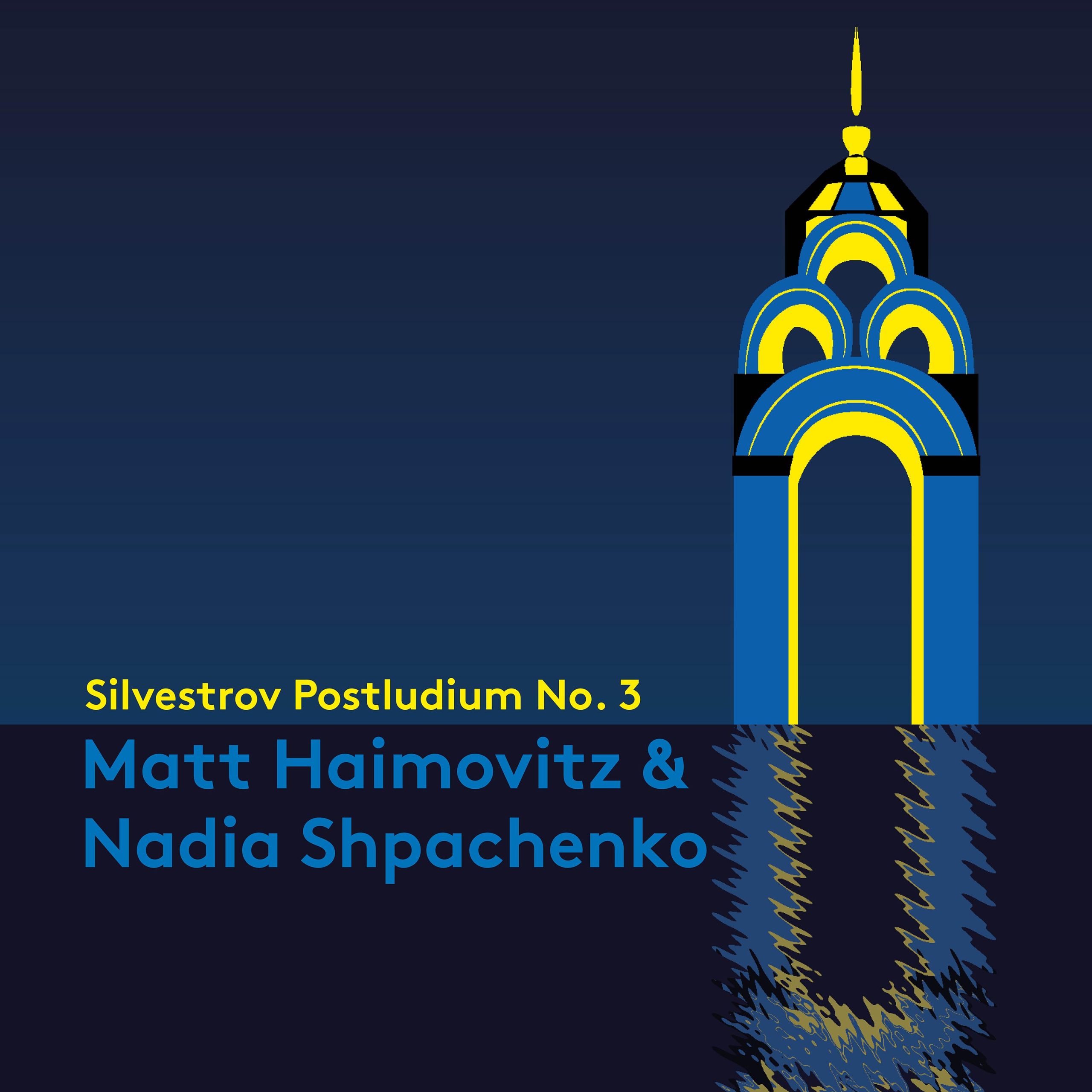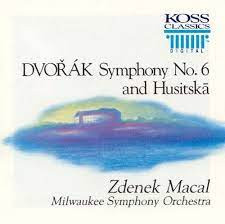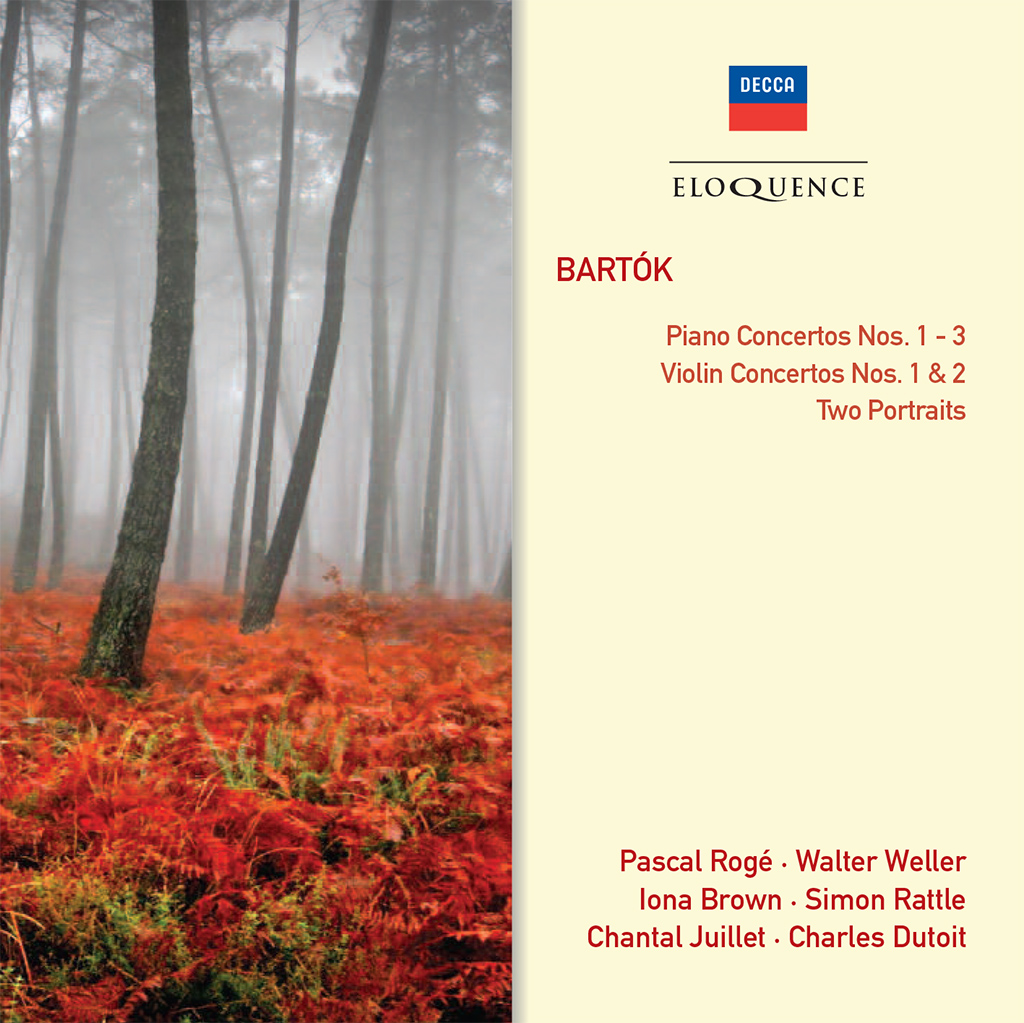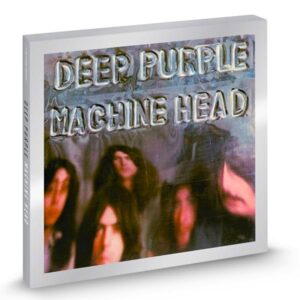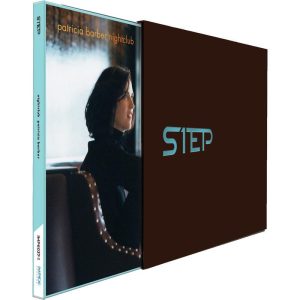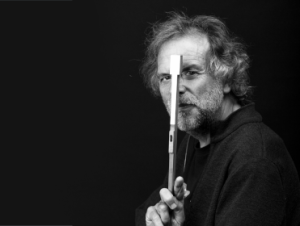
SCHUBERT: Allegro moderato and Andante, D. 968; 4 Ländler, D. 814; German Dance with 2 Trios and 2 Ländler, D. 618; Introduction and Variations on an Original Theme in B-flat, D. 968A; Eight Variations on a French Song in E minor, D. 624; Fantasia in F minor, D. 940
Marco Schiavo and Sergio Marchegiani, pianos. Decca 481 1028. TT: 60.18
Downloads: itunes.apple.com (first four tracks only).
Schubert's piano music seems never quite to have achieved the popularity among piano fans—or, for that matter, solo pianists—that his prolific output of Lieder has among song devotees. Oh, some of the smaller Moments musicaux are "Pops" favorites, and people speak admiringly of the late sonatas; still, you don't notice many piano fans actually curling up with this music. So this program surprised me: I knew the Marche militaire and other lighter pieces for four-hand piano, but I'd not realized the composer had produced such substantial scores for duettists.
The point of four-hand piano writing is not simply to make more noise, although the sound these artists make in big chords and at climaxes rings out imposingly. Rather, it's to be able to deploy a greater variety of textures, and over a wider range of tones, than one pianist can practicably encompass. Note, at the start of the Introduction and Variations in B-flat, the dotted accompanying rhythms under the clearer melody, all within a fleshed-out sonority; and, later on, the full-bodied triplet chords moving in contrary motion to the theme. In the first of the Eight Variations, the simultaneous triplets and dotted rhythms are clearly distinguishable; in the third, little skittering scales play off against a chordal theme. These effects are simply not possible for a single player. A subtler effect comes in the Allegro moderato and Andante, when an extra octave in the bass line firmly supports the melody, itself in octaves.
Much of the writing here, at least in the expositions, is in the strongly outlined, "Classical" chordal style that Schubert sometimes favored for the piano—though, as suggested, the development sections and the variations can bring plenty of variety. The Fantasia in F minor, however, offers greater textural and structural sophistication. Though cast in a single unbroken movement, its four sections correspond to the four movements of a standard sonata. From the start, the textures are more liquid, less sharply defined than in the other scores, though the underlying rhythmic and harmonic framework remains clear. The musical gestures, similarly, are bolder and more Romantic than in the rest of the program, taking in a good measure of minor-key, "operatic" turbulence.
Marco Schiavo and Sergio Marchegiani do a nice job with this music. In the more elaborate pieces, they're forthright and clear-eyed, producing a nice range of tones and textures, and handling transitions with assurance. The lighter pieces—the Ländler and German Dances—are relaxed and lilting, though the scansion of the first of the Ländler isn't immediately clear. Only in the composer's unexpected, trademark harmonic progressions, which miss the breathtaking effect of similar shifts in the song literature, do these artists fall short.
The recorded sound is vivid and resonant, but may require careful adjustment, i.e., a volume cut, if it's not to sound thumpy.
Stephen Francis Vasta is a New York-based conductor, coach, and journalist.




